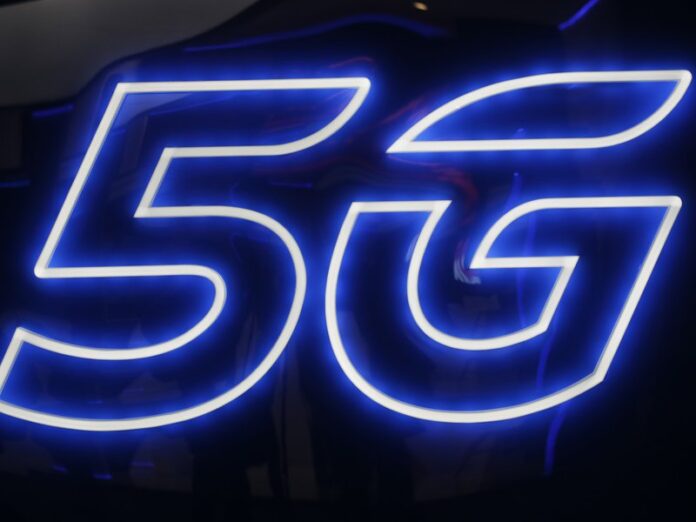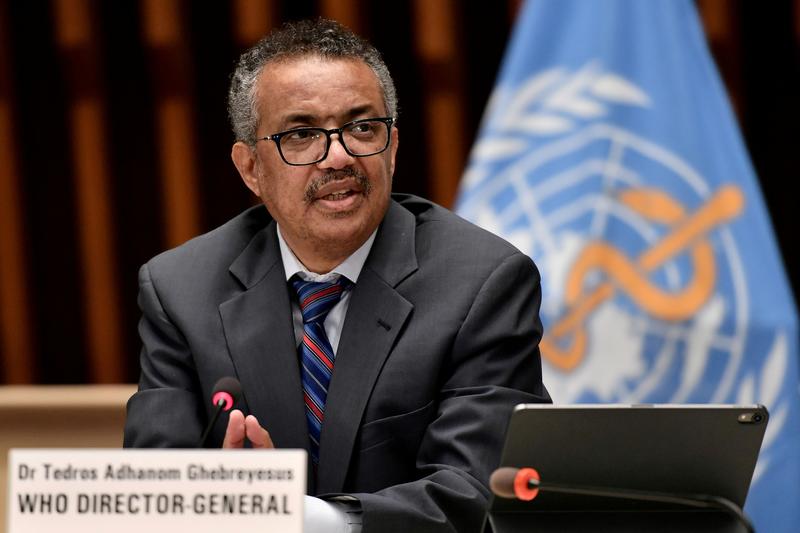Almost all businesses, whatever their size, have had to dramatically rethink their operations. Many shifted to online commerce, moving from bricks to clicks—which occurred with relative ease for large retailers and smaller operations that already had a virtual presence. But it was something many others were tackling for the first time.
Imagine the frustration of working to establish an online presence and shifting all your inventory onto a website only to discover that your internet connection isn’t reliable or fast enough to handle the resulting traffic. Or, worse yet, that your customers don’t have the connectivity necessary to patronize your new site.
Across the five boroughs nearly one-third of households lack access to broadband internet, according to a report by city Comptroller Scott Stringer. It is imperative that the digital chasm be closed in order for a truly equitable economic recovery to occur, particularly as some New York neighborhoods are again restricted due to a resurgence of Covid-19 infections.
New Yorkers must have online access that is widespread, reliable and capable of handling large amounts of data. And while we are working to close today’s digital divide, we must also redouble our efforts to facilitate the rollout of next-generation wireless connectivity—5G—to ensure that no one is left behind in the next wave of technological advancements.
The fastest 5G networks are expected to be 20 times faster than 4G LTE—perhaps even eventually 100 times faster. That is fast enough to download an entire two-hour feature film in less than five seconds. And improvements in connectivity as a result of 5G technology could increase retail revenue by $12 billion annually by next year, according to Adobe Digital Insights.
The deployment of 5G requires a network of small cells consisting of antennas on municipal infrastructure, such as streetlights and public utility poles, underpinned by fiber cable. The number of small-cell deployments must increase—and quickly—in order for all New Yorkers to benefit.
The de Blasio administration has not opened a reservation period for the deployment of small cells for well over a year. This delay hurts all New Yorkers, particularly those in the outer boroughs, where connectivity needs are highest. In addition, despite Gov. Andrew Cuomo’s best efforts and several chambers of commerce voicing their support by joining New Yorkers for 5G, the state still lacks a streamlined small-cell permitting system that would incentivize the investments necessary to make 5G a reality.
It is well past time for city and state officials to recognize the immediate need to improve connectivity for New York residents and businesses, particularly small businesses that are struggling to survive as the pandemic drags on. If we don’t act now, the economic recovery we are all hoping for and working hard to achieve will not fully be possible.
Thomas Grech is president and CEO of the Queens Chamber of Commerce. Randy Peers is president and CEO of the Brooklyn Chamber of Commerce.









